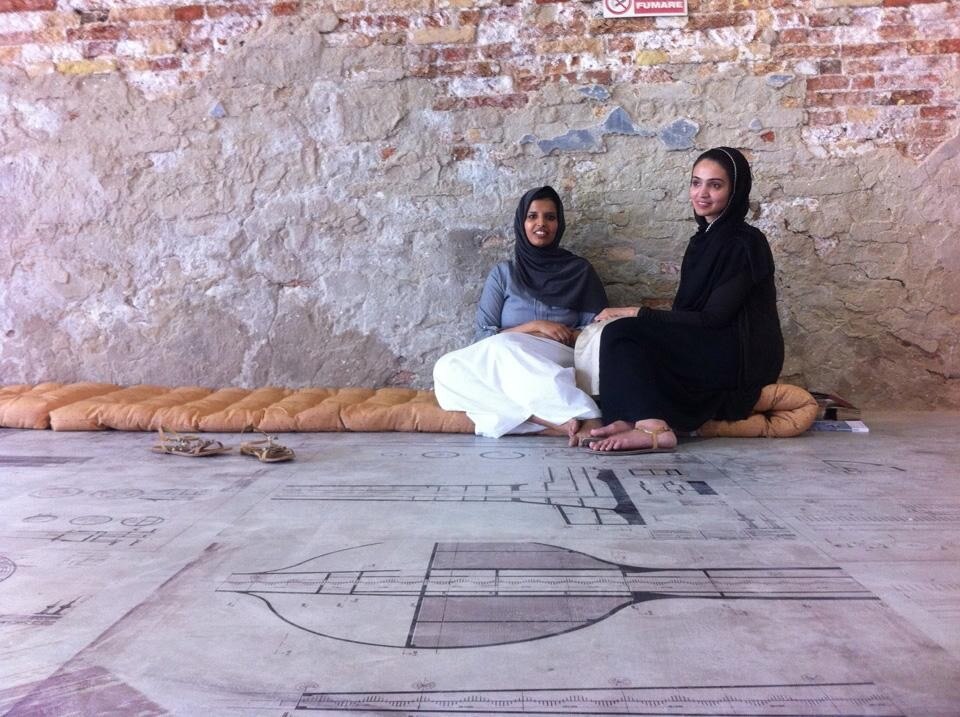Domus: We are in the Kuwait Pavilion at the Biennale of Venice with the young curators of this interesting show. Can you introduce yourself and present this brilliant work?
Zahra Ali Baba: I am an architect and I studied at Kuwait University, where I got my bachelor's degree. I work at the Council of Culture and Art in Kuwait, mainly on renovation projects and historical restoration; I am also working on a site project called Madressa, a platform for education in architecture. It is a very small project, just recently emerging.
Deema Alghunaim: I also graduated from Kuwait University in 2008, and I work for Kuwait municipality, a government entity. I've worked on photography exhibitions as a visual examination of the city. Because of my work in the Kuwait municipality, I was exposed to the archives that have been always hidden and we have never seen before. This started a sort of enquiry among us.
Can you illustrate the concept of this show?
ZAB: Kethra is the title of this research. The word is Arabic for "abundance" or "prosperity". We are tackling the critical condition between positive and negative scenarios coexisting together, between a condition of abundance and, at the same time, of overflowing excesses. If you go back in history, sometime around the 1950s, there was discovery of oil in Kuwait and the economic system shifted completely. Kuwait as a country adopted a welfare system: this changed society and the city itself in terms of physical form. Back in 1951, Kuwait called on British firms to produce the first masterplan of Kuwait. These studies and the masterplan had projects that could produce the most prosperous city back then, and decades of research were spent in the production of plans. However, right now the city as we have it is completely lacking face, form and testimony of a physical evolution, and most of the buildings are being listed for demolition. However, there is something that constantly remains throughout the different changes, and that is a natural tendency to gather, a social habit we have.
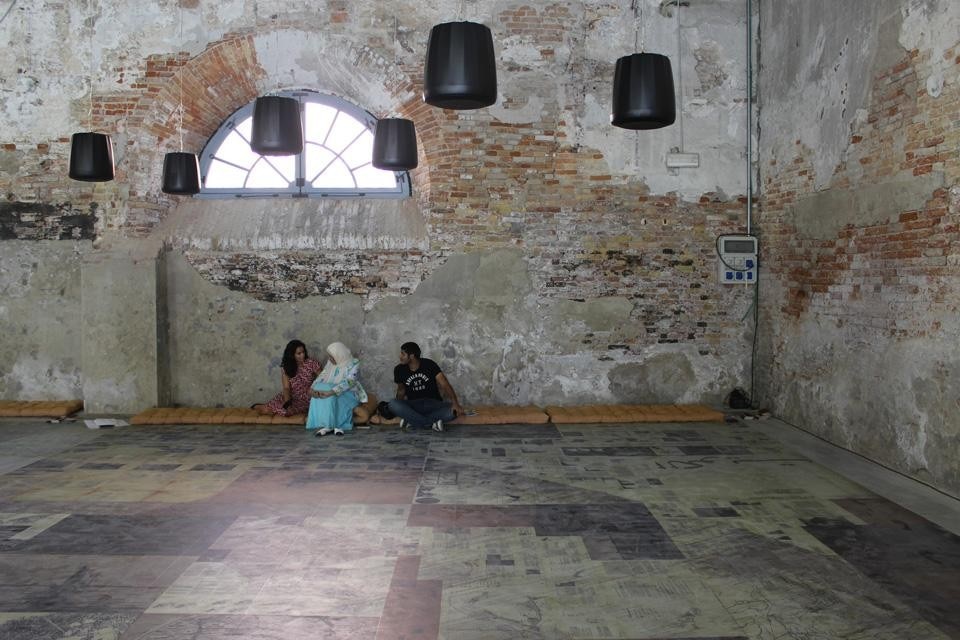
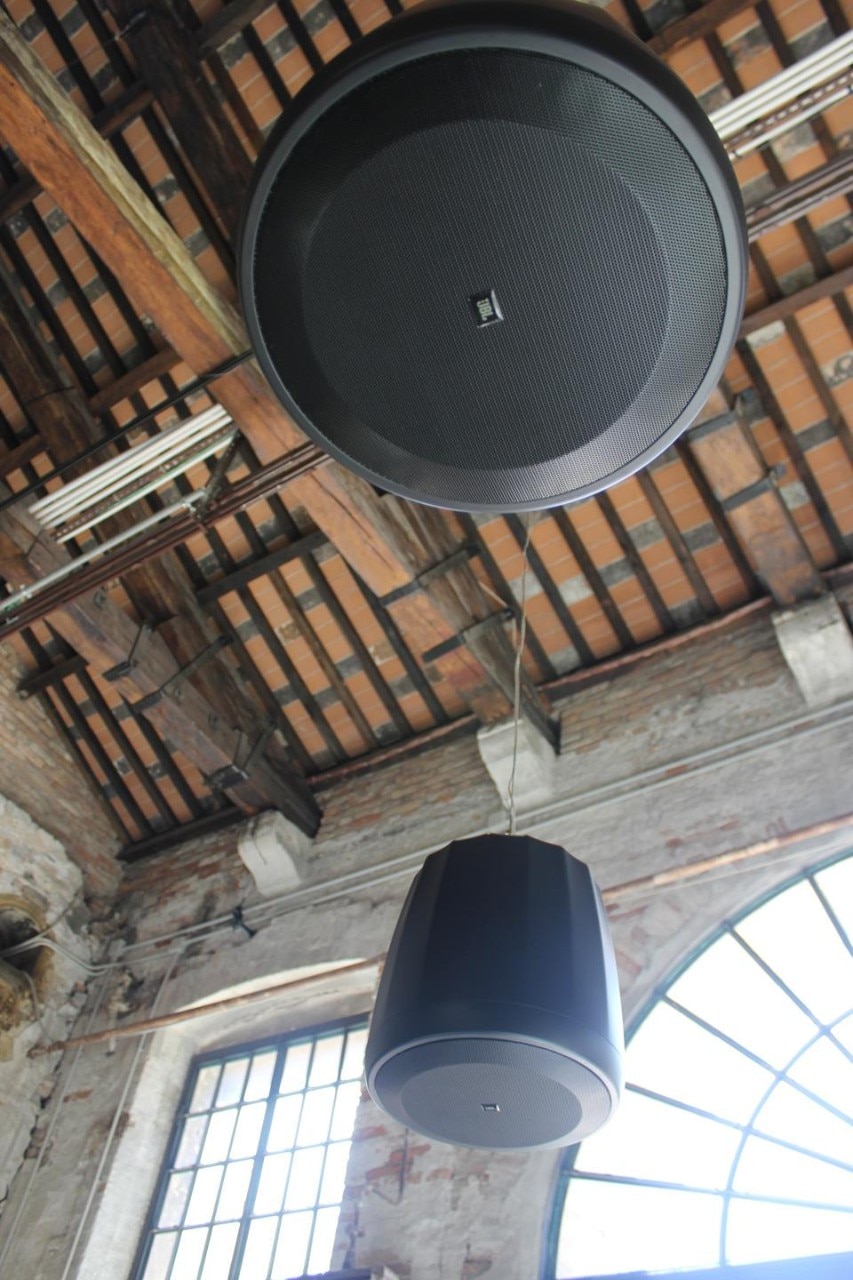
DA: These are daily mundane conversations, recorded in different places in the city. We tried to understand different types and places where gatherings happen in Kuwait. So there is the domestic area, there is Kuwait City and the empty spaces that are left, the voids left, not programmed or designed yet. There might be some studies on them but never accomplished. There is the Parliament, formal-like gatherings, Diwaniyas, government spaces, the market, the trade, public spaces, and worship spaces.
From the gathering for social interaction to the gathering of the urban fabric, our installation conceptually enquires on how the void of the gathering is constructed, and what does it consist in.
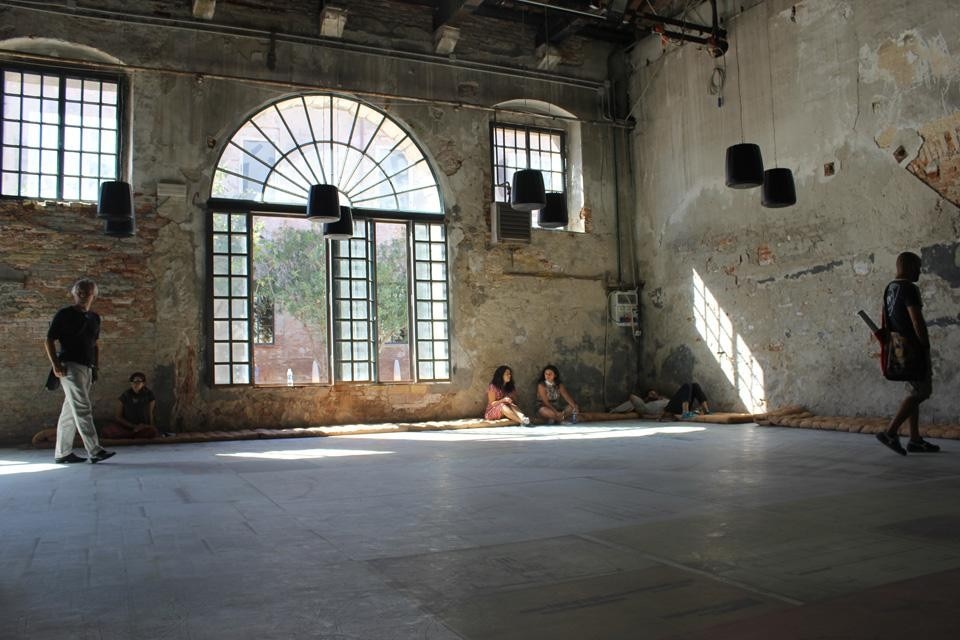
DA: It was really hard to get access to the archives. When I was a student and I wanted to conduct some research in order to understand more about Kuwait, the municipality wasn't helpful, they couldn't give it out. There is no official archive where everything is organized, where you can borrow material or even sit there and work. Afterwards, when I worked in the Kuwait masterplan department, in the Kuwait municipality I was exposed to many, many archives that have never been discussed or seen before and they are astonishing. No one knows about them.
ZAB: Even when we went to school in Kuwait, there is the history of making modern Kuwait, the history of the city; no one teaches you that, no one mentions that! This is why we keep losing these magnificent buildings from the modern era because there is no value attached to them. We are trying with this research to somehow trigger an attempt to preserve these buildings, because they mark the evolution of the city and the evolution of Kuwait. Because Kuwait was a mud city, architecture was very important and transported it from an isolated city nearly all focused on trade by sea to the modern prosperity. We needed that side of architecture.
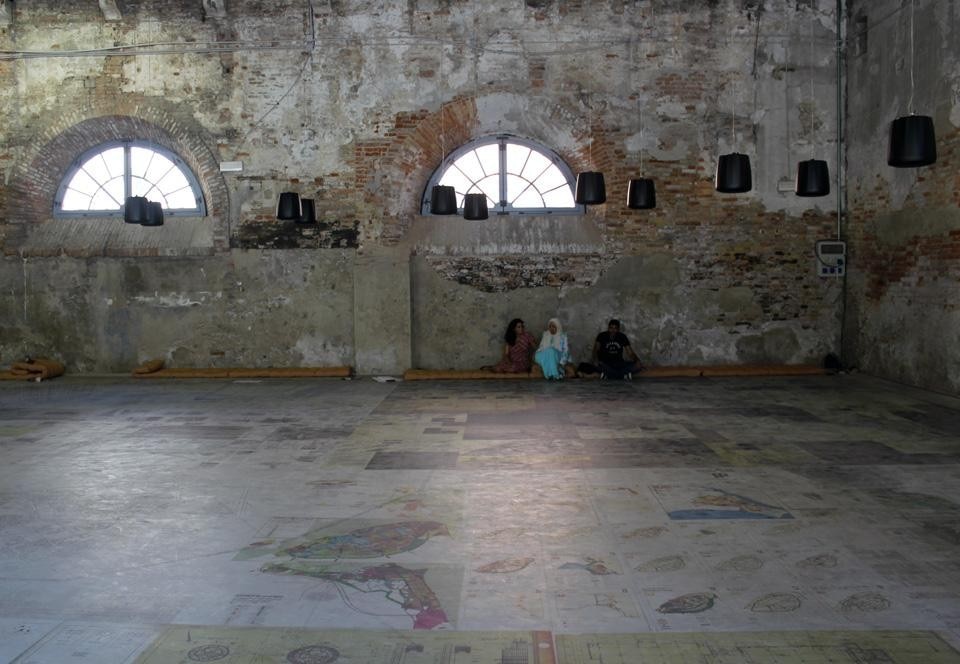
ZAB: I expect to understand the knowledge of architecture differently and I expect that there will be a more honest form of research on the condition of our city, to study thoroughly and rigorously the conditions of society's physical form. Maybe, somehow, there will be an alternative framework for the system, or we can cater for the society that we have in our country right now, rather than adopting a general, global Western understanding of what a city should be.
DA: It might start a real concern and responsibilities towards the physical environment, and to the record of studies that have been done but never implemented. So there must be responsibility to the archives and the studies that are done every five years as strategic planning. I expect people's responsibilities towards their own environment will augment. Today, society doesn't attribute much value to the physical. People trust their conversations more than places: I would regret demolishing a building, considering the memory and the stories about this particular building are so uncertain.

